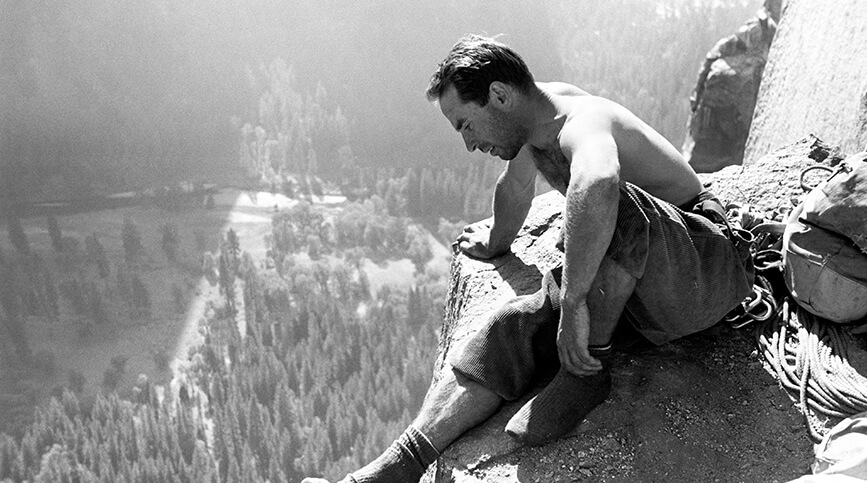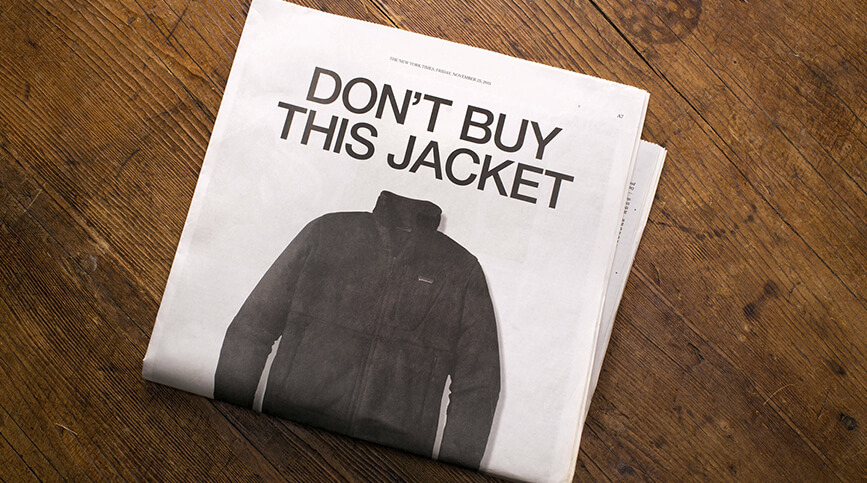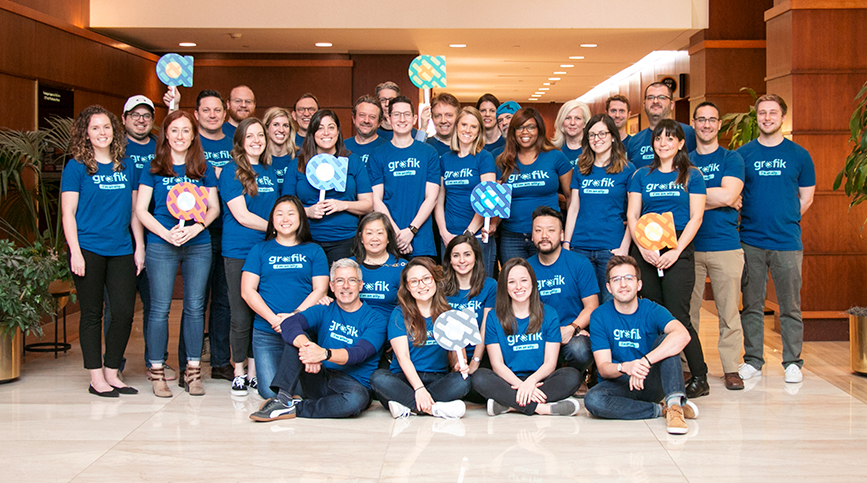In a recent Nielsen study, 66% of respondents were willing to pay more for products and services from companies committed to positive social and environmental impact. As consumers, shareholders, and employees increasingly demand Corporate Social Responsibility (CSR) from brands, companies are realizing that the way they address the environment, human welfare, trade, and stewardship directly impacts their bottom line, as well as the planet.
CSR is nothing new. Rock-solid brands built on financial and operational commitments have been held up as models for corporate success for several decades now. Patagonia’s storied history of Corporate Social Responsibility began in the early ‘70s when they advocated for a local surf break at a Los Angeles city council meeting. By 1986, founder Yvon Chouinard had pledged an “earth tax” to commit either ten percent of profits or one percent of sales (whichever was greater), to environmental activism—donations so far have exceeded $89 million dollars.
 Yvon Chouinard, Image: Tom Frost, Aurora Photos
Yvon Chouinard, Image: Tom Frost, Aurora Photos
From this pledge grew the 1% For The Planet program which, with its nearly 2,000 partner companies, has generated more than $175 million. And when the recent corporate tax cuts were passed, Patagonia announced that its savings would go directly to the program as an additional contribution above their 1% pledge.
“Instead of putting the money back into our business, we’re responding by putting $10 million back into the planet. Our home planet needs it more than we do,” said Patagonia CEO Rose Marcario.
But the commitment goes beyond donations— what makes CSR integral and authentic to a brand’s identity is whether it impacts how its business is run. In addition to sizable financial contributions, Patagonia infused its operations with sustainable business practices. It promotes ethical supply chains and material sourcing (which has a knock-on effect for suppliers) and promotes recycling initiatives through its WornWear program. They even launched a venture capitalist arm, Tin Shed Ventures, which has provided funding for environmentally and socially minded companies to the tune of $75 million so far.
More and more companies are partnering on CSR efforts, creating a halo effect that positively impacts both brands. For instance, in addition to working directly with grassroots environmental groups through Action Works, Patagonia partnered with Walmart in 2009 to establish the Sustainable Apparel Coalition, which now provides standards and indexes for their over 200 established brands and their manufacturers.
 Patagonia’s Black Friday Ad, The New York Times, 2011
Patagonia’s Black Friday Ad, The New York Times, 2011
While a commitment to environmental activism is a difficult feat, the perceived risks and negatives —the “unrealistic expectations” of CSR standards, the expense of changing supply chains and updating labor or trade practices, the use of CSR as “risk management,” or a distraction from a businesses’ economic role— are unfounded, as Patagonia reached an estimated $1 billion in sales in 2018. As their social commitments, responsibilities, and investments grow, so does their revenue.
As you build CSR initiatives authentic to your own brand values, take Patagonia’s humble beginnings to heart. While their environmental focus makes sense for an outdoor clothing brand, what choices do companies in other industries make? Starbucks focuses on recycled and fair-trade food materials, 100% ethically sourced coffee and tea, food bank donations, funding clean water projects in underdeveloped areas through their Ethos bottled waters, and a Global Farmer Fund that has committed over $50 million towards loans and financing for coffee farmers. Tech giants Microsoft, Intel, and Apple all announced initiatives to source 100% renewable energy for their manufacturing and retail processes.
As a mid-size branding and marketing firm, we aren’t a consumer logo. Yet, the work we do for our clients reaches millions of people. We create concrete deliverables (e.g. conference and sales displays), traditional print materials, websites and digital campaigns, and positioning and marketing strategies for client growth—where does that leave us in our CSR efforts? Besides monetary contributions to, and volunteering for, our non-profit clients, we are actively exploring ways to ensure transparency and data security in all our digital efforts; we also seek to ensure that trolls and bots are not skewing our analyses of our social media campaigns. As the internet continues to outrun 20th century regulations, Grafik feels a responsibility to use the powerful tools we continuously add to our digital toolbox in ways that promote empathy and understanding.
